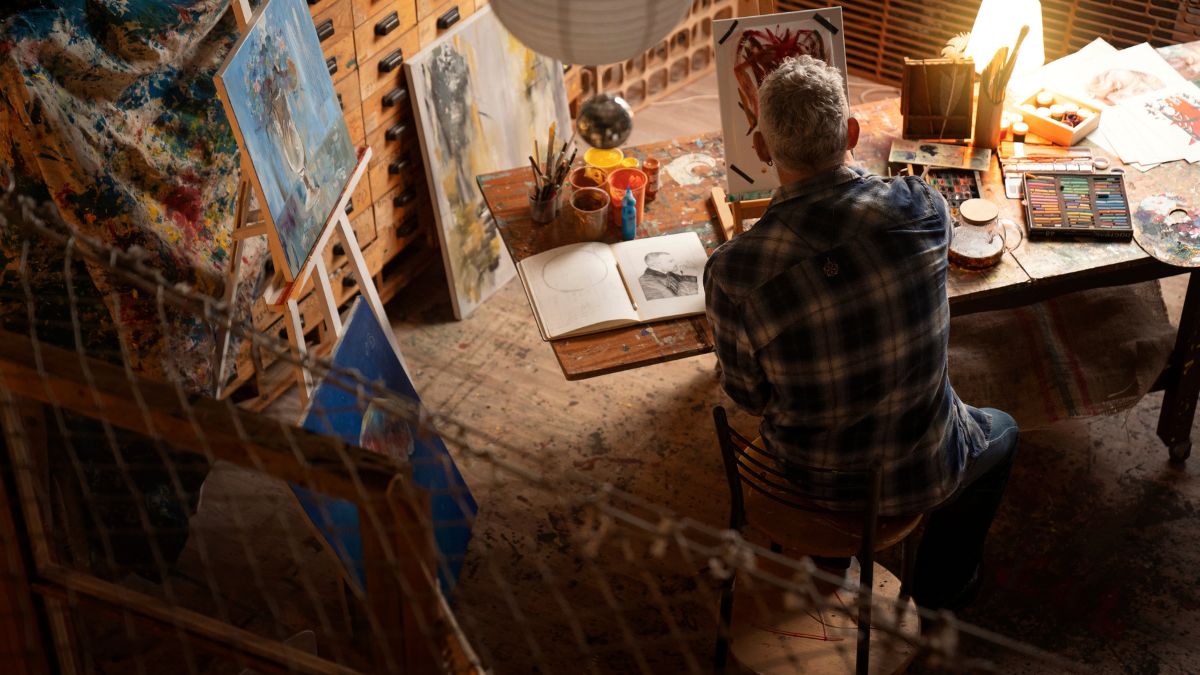In the heart of vibrant cultures and rich traditions lies a captivating practice known as Ciulioneros. This unique tradition, steeped in history, brings together communities through its rhythmic beats and colorful attire. It’s more than just a performance; it’s an expression of identity, storytelling, and connection to the past.
As we navigate through modern times, the essence of Ciulioneros remains relevant yet faces new challenges. How do these age-old customs coexist with contemporary life? Join us on this journey to explore how Ciulioneros is adapting while staying true to its roots. From ancient rituals to digital innovations, discover what makes this tradition both timeless and timely in today’s world.
History of Ciulioneros and its Cultural Significance
The Ciulioneros have deep roots in the cultural fabric of their communities, tracing back to ancient traditions. Originally tied to agricultural cycles, these individuals played a vital role in rituals that celebrated harvests and animal husbandry.
Their distinctive attire and vibrant masks symbolize various natural elements. These visual representations connect them with ancestral spirits, reinforcing cultural identity and continuity through generations.
As custodians of folklore, the Ciulioneros are not just performers; they carry stories passed down orally. Their dances encapsulate history, struggles, and triumphs faced by their people.
In times of celebration or mourning alike, the presence of Ciulioneros offers solace and unity. They remind communities of shared heritage while fostering a sense of belonging among younger generations who may feel disconnected from tradition.
Evolution of Ciulioneros in Modern Society
The evolution of Ciulioneros in modern society reflects a fascinating blend of tradition and contemporary influences. Once primarily rural figures, today’s Ciulioneros can be found navigating urban environments while still honoring their roots.
Their vibrant costumes have adapted to new materials and styles, appealing to younger generations who are keen on fashion yet wish to retain cultural significance. The rhythms and melodies they perform have also seen innovative twists, incorporating elements from various musical genres.
As social media gains traction, many Ciulioneros leverage platforms like Instagram and TikTok to reach wider audiences. This shift not only amplifies their visibility but also fosters community engagement around traditional practices.
Moreover, local festivals now feature these performers prominently alongside modern entertainment acts. Such events create spaces where old meets new—a celebration that strengthens cultural identity while embracing the pulse of modern life.
Impact of Technology on the Tradition
Technology has reshaped many cultural practices, and the Ciulioneros are no exception. With social media platforms, younger generations are sharing their experiences more broadly than ever before. This digital engagement allows for a richer storytelling experience.
Apps focused on local traditions enable enthusiasts to learn about Ciulioneros in real-time. Virtual workshops showcase traditional techniques that might have been lost over time.
However, technology also presents challenges. Some fear it dilutes authenticity or oversimplifies complex rituals. The art of storytelling can become less personal when shared through screens rather than face-to-face interactions.
Yet, there’s an opportunity here as well. Technology can serve as a bridge between generations, fostering dialogue around these customs while keeping them relevant in modern life.
Challenges Facing Traditional Ciulioneros Practices
The challenges facing traditional Ciulioneros practices are multifaceted. One significant issue is the dwindling interest among younger generations. Many young people gravitate towards urban lifestyles, leaving behind their rich cultural heritage.
Additionally, globalization poses a threat to these time-honored customs. As Western influences permeate societies, traditional practices risk being overshadowed by modern trends and consumerism.
Environmental changes also impact the resources essential for maintaining Ciulioneros rituals. Alterations in local ecosystems disrupt the natural materials used in crafting and performing these traditions.
Moreover, economic pressures can lead to a shift from traditional methods to more profitable ventures. This transition often comes at the expense of preserving valuable cultural expressions that define community identity.
There’s a lack of formal support for education on these customs, making it difficult for passionate individuals to pass down knowledge effectively.
Revival and Preservation Efforts by Local Communities
Communities are stepping up to breathe new life into Ciulioneros traditions. Local initiatives focus on education and awareness, ensuring younger generations understand the significance of this heritage.
Workshops and cultural events showcase traditional practices. These gatherings foster a sense of pride among participants while inviting outsiders to appreciate the art form. Engaging storytelling brings history alive in ways that resonate with today’s audiences.
Social media plays a critical role too. Platforms help spread knowledge about Ciulioneros, reaching people far beyond local borders. This digital outreach draws attention from tourists and enthusiasts alike, sparking interest in firsthand experiences.
Collaboration is key as well. Various organizations unite efforts to preserve integrity while adapting elements for contemporary relevance. By combining resources and ideas, they create innovative solutions that honor tradition without losing modern appeal.
These revival efforts reflect not just nostalgia but a vibrant commitment to keep Ciulioneros thriving amid an ever-changing world.
The Future of Ciulioneros: Balancing Tradition and Progress
The future of Ciulioneros hinges on the delicate balance between honoring age-old traditions and embracing modern influences. As younger generations engage with these cultural practices, they bring fresh perspectives that can enrich the tradition.
Community workshops are becoming a popular avenue for sharing knowledge. Here, seasoned practitioners pass down techniques while encouraging innovative adaptations. This fusion opens doors to new interpretations without sacrificing authenticity.
Moreover, social media plays an essential role in promoting Ciulioneros beyond local boundaries. It offers a platform to showcase events and attract interest from diverse audiences. Such visibility fosters appreciation and support for this unique cultural expression.
However, it’s crucial to ensure that commercialization does not dilute the essence of Ciulioneros. Striking a harmonious chord between evolution and preservation will be key in sustaining its relevance for years to come. Creating spaces where both old and new coexist can pave the way for a vibrant future.
Conclusion
The journey of Ciulioneros reflects a rich tapestry woven from tradition and contemporary life. As these cultural practitioners adapt to modern society, they face both challenges and opportunities. Technology has opened new avenues for expression while also posing risks to the authenticity of their practices.
Local communities are stepping up to preserve this unique tradition. Efforts range from workshops to festivals celebrating the art of Ciulioneros, ensuring that younger generations remain connected with their heritage. This revival is crucial in maintaining the essence of what it means to be a Ciulionero amidst rapid societal changes.
Looking ahead, striking a balance between honoring traditions and embracing progress will define the future of Ciulioneros. This dynamic interplay promises not only to enrich local cultures but also offers broader insights into how age-old traditions can thrive in an ever-evolving world. The story continues as each generation adds its own chapter to the legacy of Ciulioneros, blending past wisdom with present realities for tomorrow’s narrative.

